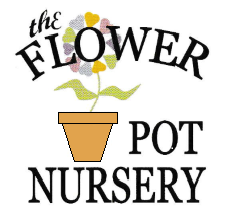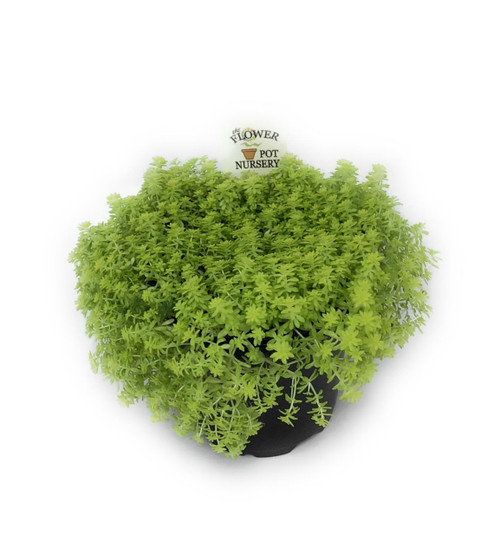Sedum lineare also known as carpet sedum, needle stonecrop or sea urchin, is a sedum originating in East Asia.
It has been proposed as an ideal plant for the "greening" of flat-roofed buildings in Shanghai, China, due to factors such as its ability to tolerate cold and drought, little need for soil and its roots' lack of penetrating ability.
Sedum is a large genus of flowering plants in the family Crassulaceae, members of which are commonly known as stonecrops. The genus has been described as containing up to 600 species updated to 470. They are leaf succulents found primarily in the Northern Hemisphere, but extending into the southern hemisphere in Africa and South America. The plants vary from annual and creeping herbs to shrubs. The plants have water-storing leaves. The flowers usually have five petals, seldom four or six. There are typically twice as many stamens as petals.
Various species formerly classified as Sedum are now in the segregate genera Hylotelephium and Rhodiola.
Well-known European Sedums are Sedum acre, Sedum album, Sedum dasyphyllum, Sedum reflexum (also known as Sedum rupestre) and Sedum hispanicum.
Sedum demonstrates a wide variation in chromosome numbers, and polyploidy is common. Chromosome number is an important taxonomic feature. ('t Hart 1985) Linnaeus originally described 16 species of European Sedum. There are now thought to be approximately 55 European species.
Sedum species are used as food plants by the larvae of some Lepidoptera species including Grey Chi. In particular, Sedum spathulifolium is the host plant of the endangered San Bruno elfin butterfly of San Mateo County, California.
Many sedums are cultivated as garden plants, due to their interesting and attractive appearance and hardiness. The various species differ in their requirements; some are cold-hardy but do not tolerate heat, some require heat but do not tolerate cold.
The leaves of most stonecrops are edible, excepting Sedum rubrotinctum, although toxicity has also been reported in some other species.
Sedum reflexum, known as "prickmadam", "stone orpine", or "crooked yellow stonecrop", is occasionally used as a salad leaf or herb in Europe, including the United Kingdom. It has a slightly astringent sour taste.
Sedum divergens, known as "spreading stonecrop", was eaten by First Nations people in Northwest British Columbia. The plant is used as a salad herb by the Haida and the Nisga'a people. It is common in the Nass Valley of British Columbia.
Biting Stonecrop (Sedum acre) contains high quantities of piperidine alkaloids (namely (+)-sedridine, (−)-sedamine, sedinone and isopelletierine), which give it a sharp, peppery, acrid taste and make it somewhat toxic.
Sedum can be used to provide a roof covering in green roofs, where they are preferred to grasses. Ford's Dearborn Truck Plant’s living roof has 450,000 square feet (42,000 m2) of sedum. Rolls-Royce Motor Cars plant in Goodwood, England, has a 242,000 square feet (22,500 m2) roof complex covered in Sedum, the largest in the United Kingdom. Nintendo of America's roof is covered in some 75,000 square feet (7,000 m2) of Sedum.
Give credit where credit is due: Wikipedia 2020
FlowerPotNursery Variegated Sedum Stonecrop Sedum lineare Variegatum 4" Pot
The Flower Pot Nursery
$11.98
- SKU:
- VSSC040320










